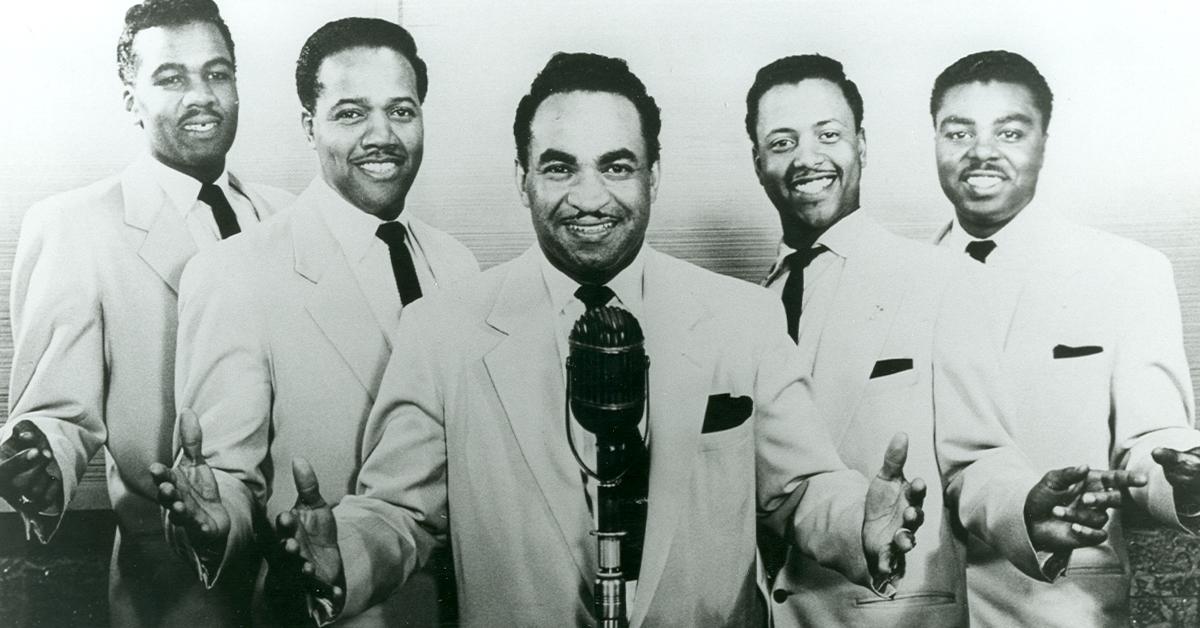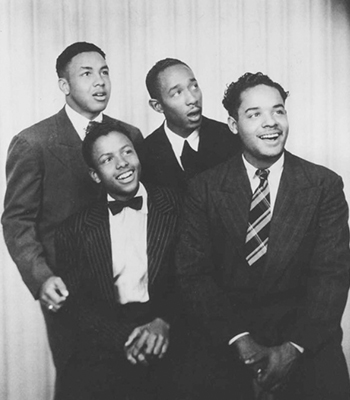
Homer Boyd: Keeping up with Springfield History and Singing with The Philharmonics
Homer Boyd was never someone who could be measured with a single title. Not only was he known for his vocal talents and being part of a famed vocal group, he was also one of the key figures in retaining the history of the black community in Springfield, Missouri. His life in Springfield was a story of overcoming insurmountable challenges to achieve great success.
Springfield roots
Boyd lived his childhood close to Silver Springs Park, a park on the north side of Springfield known for its connection to the black community. Boyd noted that, due to segregation, he was unable to visit the equally-close Smith Park. As a child, he always found a passion in entertainment, taking up tap dancing from a young age.
He attended Lincoln High School, now part of Ozarks Technical Community College, one of the segregated schools in the town. In his time at Lincoln, he played the drums for the marching band and served as drum major. Boyd found another passion in baseball, and noted he could have gone pro if not for his eventual career as a musician.
The Philharmonics
While Boyd was still in high school he joined four others to create a group called The Philharmonics. Founded at the local Gibson Chapel Presbyterian Church, the group performed rhythm and blues, gospel, soul and jazz hits while touring across the country. The group is perhaps best well known for being featured often on the locally-based country music program Ozark Jubilee and for performing at other major venues like the Grand Ole Opry. The Philharmonics were one of the first groups out of Springfield to break out and make it on national television.
His time in the Philharmonics led to Boyd having some incredibly unique experiences. He shared a tour poster with Elvis Presley and sang with famed gospel singer Mahalia Jackson. He once sang for Harry S. Truman in Missouri and dined with him.
The Philharmonics achieved great success despite dealing with an incredibly negative racial climate. Touring the country, the group had to be careful to find hotels to stay at or places to eat that weren’t segregated. Even more of a barrier, many performance venues were segregated, making it impossible to perform. Despite this, the group found venues and ways to get there to continue making music.
Life after The Philharmonics
Boyd continued to be a part of The Philharmonics into the 80s, stopping briefly to serve in the U.S. Army. After a series of short-term jobs in the area, Boyd and his wife Bettye moved up to Minneapolis, Minnesota in pursuit of finding better careers. Despite being so far away, Boyd would still return back to the area for gigs with The Philharmonics. The last show the group ever performed was in 1984 at the Gibson Chapel Presbyterian Church, the same location where the group had started. When the couple retired in 1995, the pair returned to Springfield.
Never ceasing to be a part of the Springfield community, Boyd returned and began to help paint a picture of the black community in the Ozarks during his life. In his life, he donated a great number of photographs to the History Museum on the Square, helping contribute to an exhibit titled “Pieces of Dreams: The African-American Community in Greene County.” He was known to be an avid storyteller and contributed to the Greater Springfield Route 66 Oral History Project. Boyd continued to volunteer with the Gibson Chapel Presbyterian Church that gave him his very start as a career musician.
Boyd passed away in June 2016, leaving behind a loving family and a legacy of music, knowledge and service to others. In almost all of his interviews, Boyd mentioned his favorite Mahalia Jackson quote, “the good you do will come back to you, and it don’t cost that much.” During his life, Boyd ensured that he brought good back to his community, making Springfield a better place than it was before.
If you’re interested in learning more about the life of the famed Philharmonics singer, visit the History Museum on the Square.

